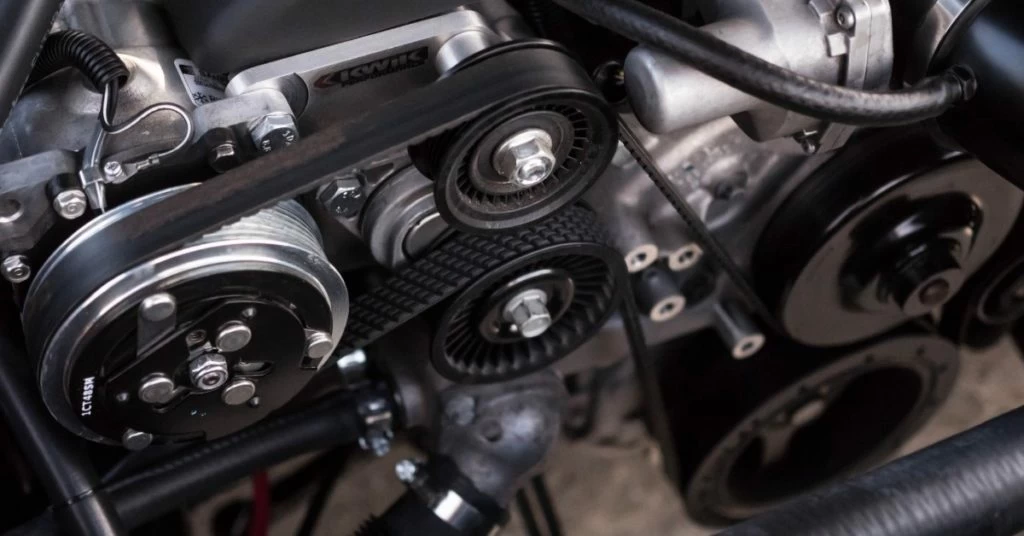- Arabic
- French
- Russian
- Spanish
- Portuguese
- Turkish
- Armenian
- English
- Albanian
- Amharic
- Azerbaijani
- Basque
- Belarusian
- Bengali
- Bosnian
- Bulgarian
- Catalan
- Cebuano
- Corsican
- Croatian
- Czech
- Danish
- Dutch
- Afrikaans
- Esperanto
- Estonian
- Finnish
- Frisian
- Galician
- Georgian
- German
- Greek
- Gujarati
- Haitian Creole
- hausa
- hawaiian
- Hebrew
- Hindi
- Miao
- Hungarian
- Icelandic
- igbo
- Indonesian
- irish
- Italian
- Japanese
- Javanese
- Kannada
- kazakh
- Khmer
- Rwandese
- Korean
- Kurdish
- Kyrgyz
- Lao
- Latin
- Latvian
- Lithuanian
- Luxembourgish
- Macedonian
- Malgashi
- Malay
- Malayalam
- Maltese
- Maori
- Marathi
- Mongolian
- Myanmar
- Nepali
- Norwegian
- Norwegian
- Occitan
- Pashto
- Persian
- Polish
- Punjabi
- Romanian
- Samoan
- Scottish Gaelic
- Serbian
- Sesotho
- Shona
- Sindhi
- Sinhala
- Slovak
- Slovenian
- Somali
- Sundanese
- Swahili
- Swedish
- Tagalog
- Tajik
- Tamil
- Tatar
- Telugu
- Thai
- Turkmen
- Ukrainian
- Urdu
- Uighur
- Uzbek
- Vietnamese
- Welsh
- Bantu
- Yiddish
- Yoruba
- Zulu
Nov . 19, 2024 16:40 Back to list
Understanding the Mechanics and Applications of Belt Drive Systems in Modern Engineering
Understanding Belt Drives Mechanics and Applications
Belt drives are a fundamental component in mechanical engineering, providing a versatile method for transmitting power between rotating shafts. Found in a wide array of machines, from household appliances to industrial equipment, belt drives offer distinct advantages such as simplicity, cost-effectiveness, and the ability to handle high power loads over varying distances.
Mechanics of Belt Drives
At its core, a belt drive consists of two or more pulleys connected by a flexible belt. The belt can be made of various materials, including rubber, synthetic compounds, and fabric, all designed to withstand the stresses of operation. When one pulley (the driver) turns, it imparts motion to the other pulley (the driven) through the belt, allowing energy to be transferred from one shaft to another.
The design of a belt drive system can vary significantly based on the application. Common configurations include the open belt drive and the crossed belt drive. In an open belt drive, the pulleys rotate in the same direction, while in a crossed belt drive, the belt crosses over, causing the pulleys to rotate in opposite directions. The choice of configuration depends on factors such as the desired direction of rotation and space constraints.
Advantages of Belt Drives
Belt drives come with several advantages that make them a preferred choice in many applications. Firstly, they are generally quieter and less prone to vibrations compared to gear systems, making them ideal for environments where noise reduction is essential. Secondly, they can accommodate shafts that are not aligned perfectly, providing flexibility in design and installation. This misalignment tolerance is particularly beneficial in machinery where space is limited.
belt drive

Another significant advantage is the shock-absorbing nature of belt drives. When sudden loads or friction occur, belts can slip, preventing damage to the machinery. Additionally, belt drives often require less maintenance than gear drives, as they do not require lubrication and are less susceptible to wear.
Applications of Belt Drives
The versatility of belt drives allows them to be used in numerous applications. Common examples include automotive engines, where they drive components such as the alternator, power steering pump, and air conditioning compressor. In manufacturing, conveyor belts facilitate the movement of products along production lines, while machinery in textile and agricultural industries rely on belt drives for efficient operation.
In the home, appliances such as washing machines and lawnmowers utilize belt drives for their motorized components. Here, they enable smooth operation while ensuring durability even under variable loads.
Conclusion
In summary, belt drives are an integral part of modern machinery, providing a reliable and flexible means of power transmission. Their fundamental mechanics, coupled with their numerous advantages, make them suitable for a vast range of applications across various industries. As technology continues to evolve, the role of belt drives may expand further, adapting to new engineering challenges and innovations. Understanding the principles behind belt drives equips engineers and manufacturers with the knowledge to design efficient systems, ensuring optimal performance in their respective fields.
-
Upgrade Power Steering Pump Belt for Smooth, Quiet Operation
NewsAug.27,2025
-
Precision Timing Belt & Chain: Engine Performance & Durability
NewsAug.26,2025
-
Precision Lathe Drive Belts: Durable & Reliable Performance
NewsAug.25,2025
-
84.5 Serpentine Belt: Durable & Precision Fit for Your Engine
NewsAug.24,2025
-
Premium Ribbed Drive Belts for Quiet Power Transmission
NewsAug.23,2025
-
High-Performance Vehicle Timing Belt for Engine Precision
NewsAug.22,2025

